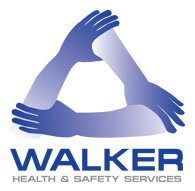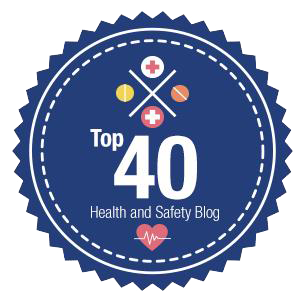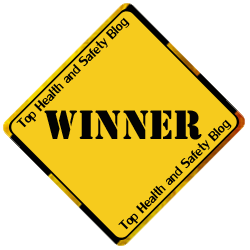A recent case study between The Allergen Monitoring Service at HSE’s Science and Research Centre and the University of Manchester looked into Shellfish processing: turning ‘waste’ into ‘resource’. Atmospheric monitoring amongst shellfish processors suggest that significant allergen exposure occurs in that sector.
While there may be good agricultural reasons to increase significantly the amount of ground shell in compost, the grinding of such shells to a fine material may itself be a higher-risk activity.
They were asked to quantify tropomyosin (TM) in an agricultural compost containing added ground, untreated shell waste from seafood processing. Tropomyosin is a known allergen found in the edible parts of certain shellfish; respiratory exposure to TM can cause allergic sensitisation, respiratory symptoms and occupational asthma.
Some 50-85% of processed shellfish is ‘waste’; estimated as 100,000 tonnes per annum. The agricultural sector has been looking at various ways of turning this ‘waste’ – expensive to send to landfill – into a ‘resource’ with value.
The case study identifies one route that has been tried, but where there is the possibility that allergen exposure is shifted to a wider worker population.
The work continues: an HSE-funded research project, led by UoM, is currently underway investigating symptoms and occupational exposure to seafood allergens.
Common hazardous substances in the workplace
Many industrial, agricultural and medical organisations use hazardous substances. The degree of hazard depends on the concentration of the chemical.
Exposure to chemicals commonly used in workplaces can lead to a variety of short- and long-term health effects such as poisoning, skin rashes and disorders of the lung, kidney and liver.
Common hazardous substances in the workplace include:
- acids
- caustic substances
- disinfectants
- glues
- heavy metals, including mercury, lead, cadmium and aluminium
- paint
- pesticides
- petroleum products
- solvents.
Possible side effects of exposure to hazardous substances
Health effects depend on the type of hazardous substance and the level of exposure (concentration and duration). A hazardous substance can be inhaled, splashed onto the skin or eyes, or swallowed. Some of the possible health effects can include:
- poisoning
- nausea and vomiting
- headache
- skin rashes, such as dermatitis
- birth defects
- disorders of the lung, kidney or liver
- nervous system disorders.
The importance of occupational exposure monitoring
Deterioration of controls could lead to serious health risks
- Producing data to implement remedial actions effectively
- Checking the effectiveness of your control measures
- Ensuring workplace exposure limits are not exceeded
- Identifying health surveillance needs
Reducing exposure to hazardous substances
Suggestions on reducing exposure to hazardous substances in the workplace include:
- where possible, perform the task without using hazardous substances
- where possible, substitute hazardous substances with less hazardous alternatives (for example, use a detergent in place of a chlorinated solvent for cleaning)
- isolate hazardous substances in separate storage areas
- purge or ventilate storage areas separately from the rest of the workplace
- thoroughly train employees in handling and safety procedures
- provide personal protection equipment such as respirators, gloves and goggles
- regularly monitor the workplace with appropriate equipment to track the degree of hazardous substance in the air or environment
- regularly consult with employees to maintain and improve existing safety and handling practices.
The law requires organisations to adequately control exposure to materials in the workplace that cause ill health. This is the Control of Substances Hazardous to Health Regulations (COSHH). Harmful substances include any materials or substances used or created at work that could harm your health.
Safety First’s occupational exposure monitoring
Exposure monitoring is needed for work with harmful substances, such as asbestos and lead may also be required as part of the COSHH risk assessments.
Our specialist team is highly qualified in the different methods of monitoring exposure. No matter how complex the issue, Safety First can find the right sampling strategy for you.
Safety First is experienced in delivering a complete range of occupational exposure monitoring services to provide you with confirmation that your control measures are adequate and workplace exposure limits are not exceeded.
Contact us for further information.









